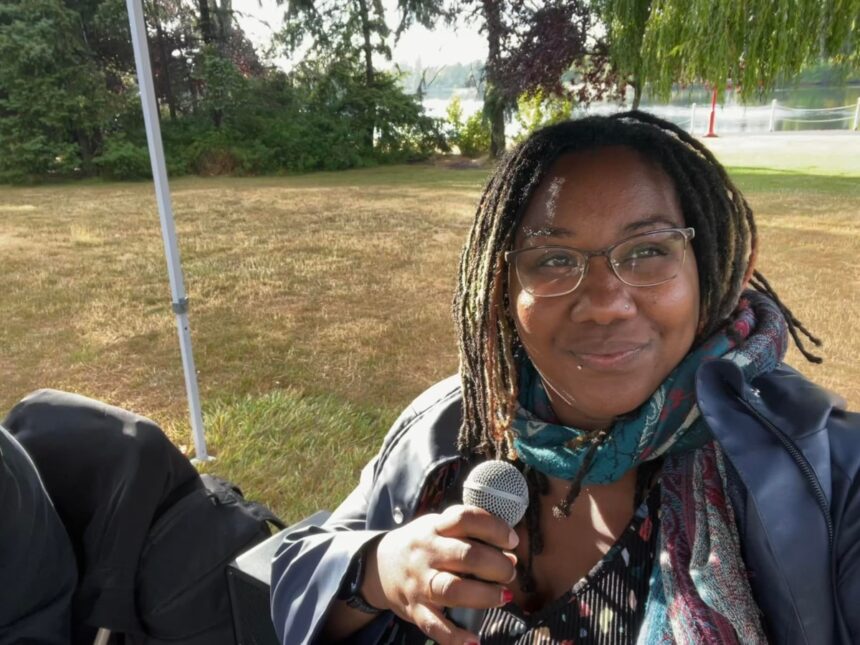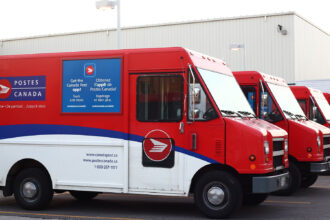In the heart of Victoria’s bustling downtown core, a narrow alleyway transformed into a vibrant cultural hub this weekend as residents and visitors alike gathered for the much-anticipated Millies Lane Block Party. The cobblestoned passage, often overlooked by hurried pedestrians, became the epicenter of community celebration, showcasing the city’s evolving urban identity and creative spirit.
“What we’re seeing today is Victoria’s cultural DNA on full display,” remarked Sarah Jameson, executive director of the Downtown Victoria Business Association. “Millies Lane represents that perfect intersection of heritage and contemporary urban living that makes our downtown core so unique.”
The event, now in its third year, featured an impressive array of local artisans, musicians, and culinary talents, all nestled within the intimate confines of the historic laneway. Attendance numbers swelled beyond organizers’ expectations, with an estimated 3,000 visitors moving through the space throughout the day – a testament to growing interest in Victoria’s urban renewal projects.
Local business owner Miguel Rodriguez, whose café anchors one corner of Millies Lane, noted the transformation he’s witnessed. “When I opened here five years ago, this was just a service alley that people avoided. Today, it’s a destination. The block party is fantastic, but what’s more impressive is how this space now brings people together year-round.”
City Councillor Eleanor Kim, who attended the celebration, emphasized the broader significance of such gatherings. “These aren’t just parties – they’re essential community-building exercises,” she told CO24 News. “In a world where digital connection often replaces physical interaction, creating these vibrant, accessible public spaces has become critical to urban planning and community development.”
The economic impact extends beyond mere festivity. According to a recent study commissioned by the Victoria Economic Development Corporation, laneway activations and cultural events in the downtown core have contributed an estimated $4.2 million to local businesses over the past fiscal year. This represents a 15% increase from previous measurements, highlighting the growing economic potential of cultural programming.
“We’re seeing a renaissance of these previously underutilized spaces,” explained urban planner Jeffrey Williams. “Millies Lane exemplifies the potential of forgotten urban spaces to become economic and cultural assets when communities reclaim them.”
For many attendees, the block party represented something more personal. Victoria resident Elaine Nakata, 67, brought her eight-year-old granddaughter to experience the celebration. “I’ve watched this city change so much over decades. These kinds of events keep our history alive while creating new memories for the next generation. That’s something special.”
As twilight descended on Victoria, string lights illuminated Millies Lane, and local musicians took center stage. The atmosphere shifted from daytime marketplace to evening concert, with hundreds staying well into the night. The success of this year’s event has already prompted discussions about expanding the concept to other underutilized spaces throughout the city.
As communities across Canada search for ways to revitalize downtown cores post-pandemic, Victoria’s Millies Lane offers a compelling case study in the power of cultural programming to transform urban spaces. The question now facing city planners and community leaders: can this model of intimate, community-driven revitalization be replicated elsewhere, or does the magic of Millies Lane lie in its unique character and the passionate locals who brought it to life?










